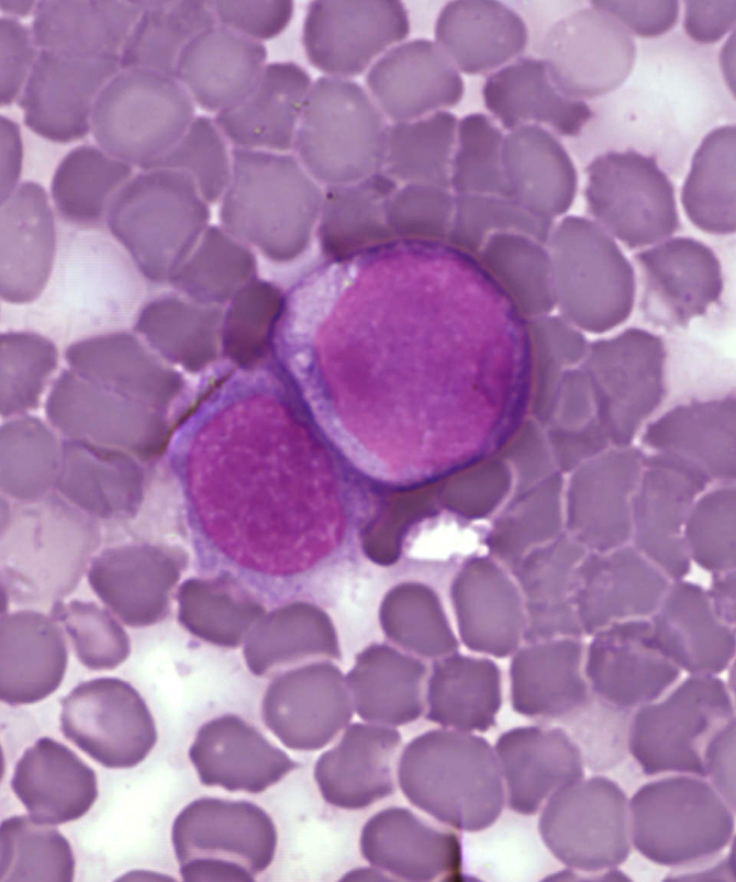New Method to Determine Cancer Progression Rate

Researchers have now developed a new assay that can help determine whether chronic lymphocytic leukemia (CLL) will be slow-moving one or an aggressive one.
CCL causes an increase in white blood cells called B-lymphocytes. The cancer cells spread through blood and bone marrow. The cancer, at times affects organs like liver and spleen. CCL can also cause bone marrow failure.
CCL does not really cause all that harm to the body, but the cancer treatment does. However, sometimes the cancer might be aggressive and so requires earliest possible treatment. By determining the rate at which the cancer will grow can be life-saving and cost-effective.
The biological markers used nowadays to determine the kind of CCL is not effective in predicting the rate at which the cancer will grow.
"Our study shows that there may not be a sharp dividing line between the more aggressive and less aggressive forms of CLL. Instead, it seems that over time the leukemia cells of patients with indolent disease begin to use genes similar to those that are generally used by CLL cells of patients with aggressive disease. In other words, prior to requiring therapy, the patterns of genes expressed by CLL cells appear to converge, regardless of whether or not the patient had aggressive versus indolent disease at diagnosis," said Thomas J. Kipps, MD, senior author of the study.
In the present study, researchers studied thousands of genes that code for proteins in 130 CCL patients at various stages of the cancer. In all, they found some 38 subnetworks of genes and proteins that may predict the rate of the cancer.
The subnetworks give an idea about how the genes and proteins related to cancer cells' development change over time.
Researchers explained their study using a simple analogy.
"It's like when you look out of a window and see the sky, clouds, trees, people, cars. You're getting tremendous amounts of information that individually doesn't tell you much. But when you look at the scene as a whole, you see patterns and networks. This work is similar. We're taking all of the individual gene expression patterns and making sense of them as a whole. We're more able to more clearly see how they control and regulate function," explained Kipps.
"In a sense, we looked at families rather than individuals. If you find in an interconnected family where most genes or proteins are expressed at higher levels, it becomes more likely that these genes and proteins have functional significance," said Kipps.
According to the researchers, the study shows how CCL or other cancers develop over time.
"It's as if each tumor has a clock which determines how frequently it may acquire the chance changes that make it behave more aggressively. Although the rates can vary, it appears that tumors march down similar pathways, which converge over time to a point where they become aggressive enough to require therapy," Kipps said.



























